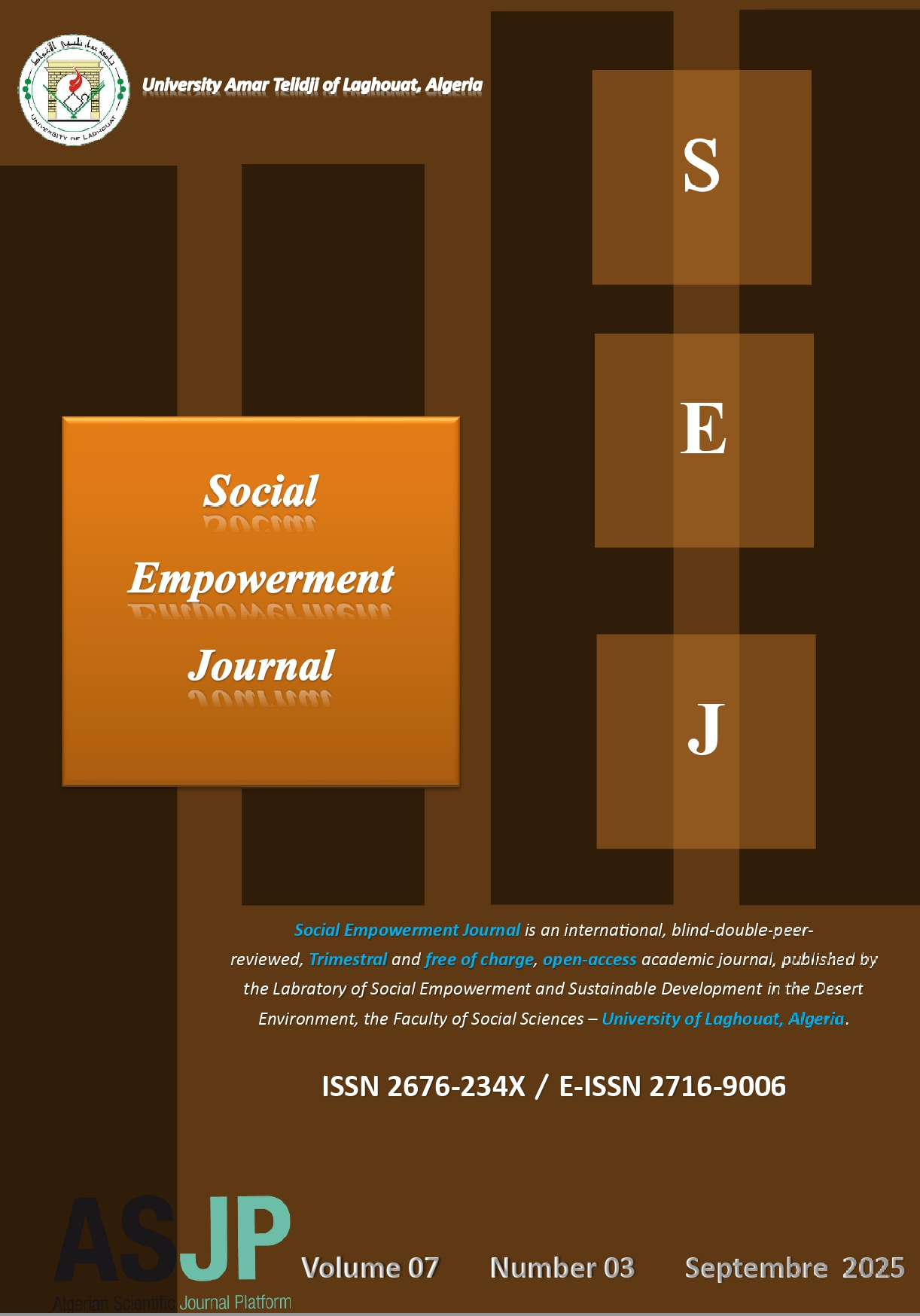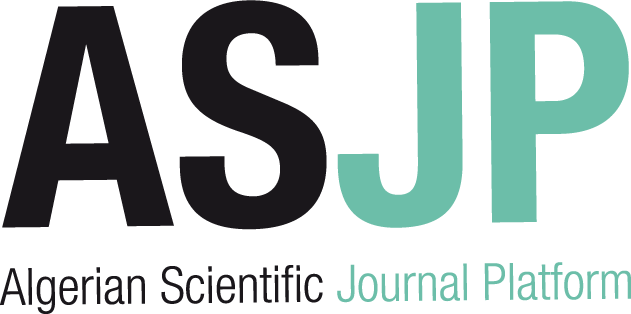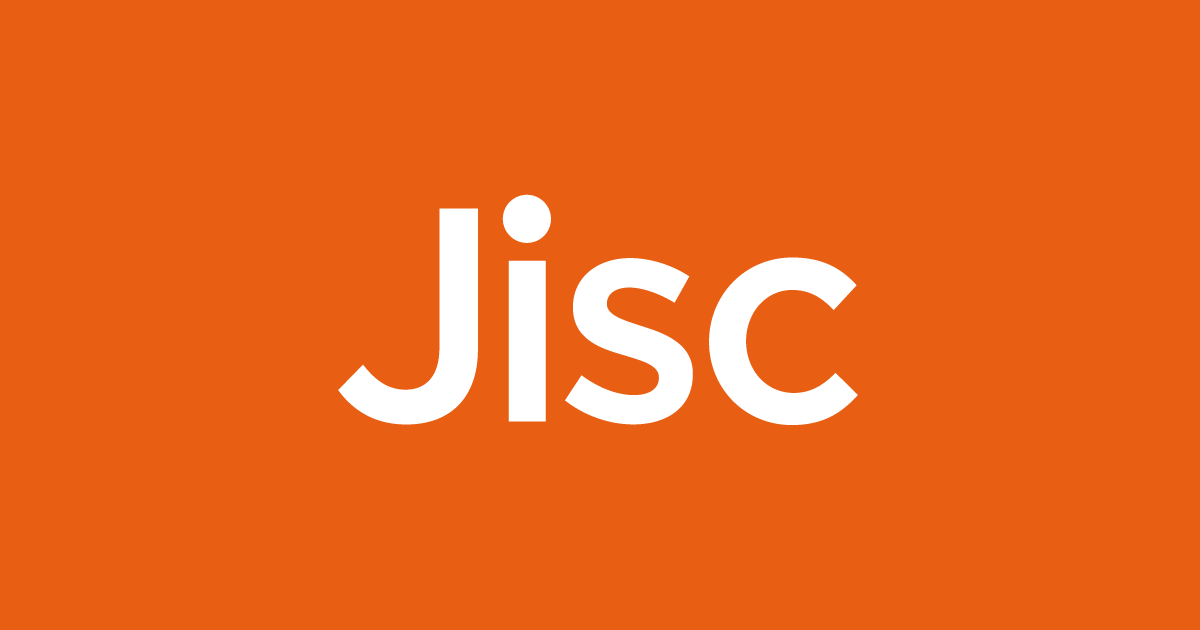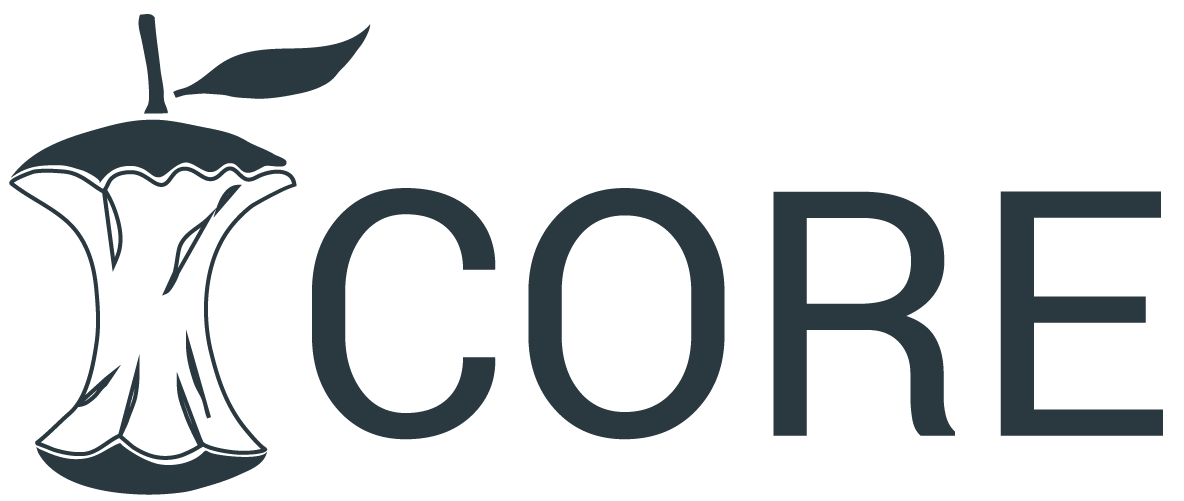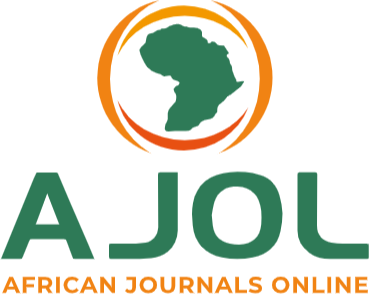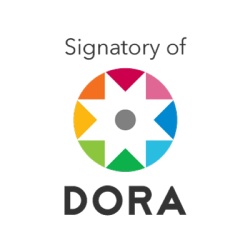The Degree of Availability of Human Resource Risk Management Components in Yemeni Universities According to International Risk Management Standards (ISO31000:2018): A comparative study
درجة توافر مكونات إدارة مخاطر الموارد البشرية في الجامعات اليمنية وفقا للمعايير الدولية لإدارة المخاطر (ISO31000:2018): دراسة مقارنة
Abstract
The aim of the research was to identify the degree of availability of human resources risk management components in Yemeni public and private universities according to international risk management standards (ISO31000:2018). The comparative approach was used, and the questionnaire tool consisted of (37) paragraphs, distributed over three axes representing the components of risk management (principles, system, operations). The questionnaire was applied to the research sample members, numbering (198) individuals, from the academic and administrative leadership in Yemeni public and private universities, including (university presidents and their deputies, deans of quality, secretaries-general). The most prominent results of the research were: The degree of availability of human resource risk management components (principles, system, processes) in public universities according to the international standards for risk management (ISO31000:2018) was rated as “low”, with an arithmetic mean of (2.57) and a percentage of (52%), while the degree of availability of human resource risk management components (principles, system, processes) in private universities according to the international standards for risk management (ISO31000:2018) was rated as “average”, with an arithmetic mean of (3.04) and a percentage of (61%). The results did not show any statistically significant differences at a significance level of (0.05) between the average responses of sample members regarding the degree of availability of human resource risk management components (principles, system, processes) according to the variable of university type.
Downloads
References
Ayer, J, C, Hutchins, G.(2019).Project Risk Management in Transfusion Medicine, Elsevier Science, Inc.
Lipka, A, (2016). personnel Risk and implementation of Human Resource stratégies of the context of megatrends science work of the university of economic in Wroclaw(429),101-111, Retrieved from: http//v.ht/HiUWt .
Jedynak, P., & Bak, S. (2021). Risk Management in Crisis: Winners and Losers During the COVID- 19 Pandemic. New York,: Rout ledge.
Hull, J. C., (2018). Risk Management and Financial Institute,(5th-end),Johan Wiley, sons publishers .
International Organization for standardization (2018),ISO- Guide, 73:2009(en):Risk Management, Vocabulary Retrieved from: http//v.ht/TfdV.
International Organization for standardization (2009), Iso31000-2018:Risk Management , Retrieved from: : http//v.ht/OxOf.
Figueroa, F, A.(2016).improved institutions risk reduction at universities through better states of preparation (Doctoral dissertation ),Texas Tech university. Retrieved from: http//v.ht/HxRE.
Ferrary, M .(2007).The Human Factor as a source of operational Risk in the banking sector , Retrieved from: http//v.ht/cS6S.
Patel, N. (2019) .Paritcal Project Management for Engineers. Artech House.
Pompika, E.(2018).The risk of staff in the organization is an opportunity or a threat magazine organization An administrative 2018, Volme19(8),p>43-54. Retrieved from: http// v.ht/ZwRP
Springer,M,(2019).Project and program Management: A Competence-based Approach, (4th-end),purdue University Publications.
Hopkin, P. (2018). Fundamentals of Risk Management Understanding, Evaluating and mplementing effective risk management: Fifth Edition. London: Kogan Page.
- Arabic references in English:
Ismail, A. A., & Ahmed, M. A. (2020). Integration of risk management system ISO 31000:2018 and quality risk management methodology in building the quality of higher education: Theoretical perceptions. The Third Scientific Conference of the College of Administrative and Financial Sciences, Cihan University, Erbil, 172–177.
International Organization for Standardization (ISO). (n.d.). Independent non-governmental organization. Geneva, Switzerland.
Belkheir, A. (2021). Governance of risk management in the United Nations. Algerian Journal of Human Security, World Development Report: Risks and Opportunities, Risk Management for Development, (n.d.), 686–707.
Hamdi, H. A. M., & Al-Balawi, K. H. K. (2025). The degree of availability of risk management standards (ISO 31000) in the College of Education and Arts at the University of Tabuk. Journal of Educational and Human Sciences, Emirates College for Educational and Psychological Sciences, (42), 258–285. https://doi.org/10.33193/JEAHS.42.2025.589
Shaker, A. M. Y. (2025). The impact of applying risk management on the development of human resources at the Ministry of Education and Higher Education in the Republic of Yemen. Emirates University Journal, forthcoming publication.
Al-Anzi, N. (2015). Risk management and its role in the strategies of higher education institutions to reduce crises and disasters. Naif Arab University for Security Sciences, College of Social Justice.
Al-Madra, S. B. (2019). Assessment of human resources risks in Saudi universities according to the international risk management standard (ISO 31000:2018): A comparative study between public and private universities. Scientific Journal of the College of Education in Wadi Al-Dawasir, 35(5), 53–103.
The Institute of Internal Auditors (IIA). (n.d.). An international institute specializing in risk management, governance, internal controls, and information systems auditing and security. Established in 1941, Florida, USA.
Al-Maghribi, M. F. M. B. (2020). Risk management in Islamic banks. Modern Academy for University Textbooks.
Mousa, S. N., Nour, M. I., Al-Haddad, W. M., & Theeb, S. S. (2012). Risk management. Dar Al-Maseera for Publishing and Distribution.

This work is licensed under a Creative Commons Attribution-NonCommercial 4.0 International License.

